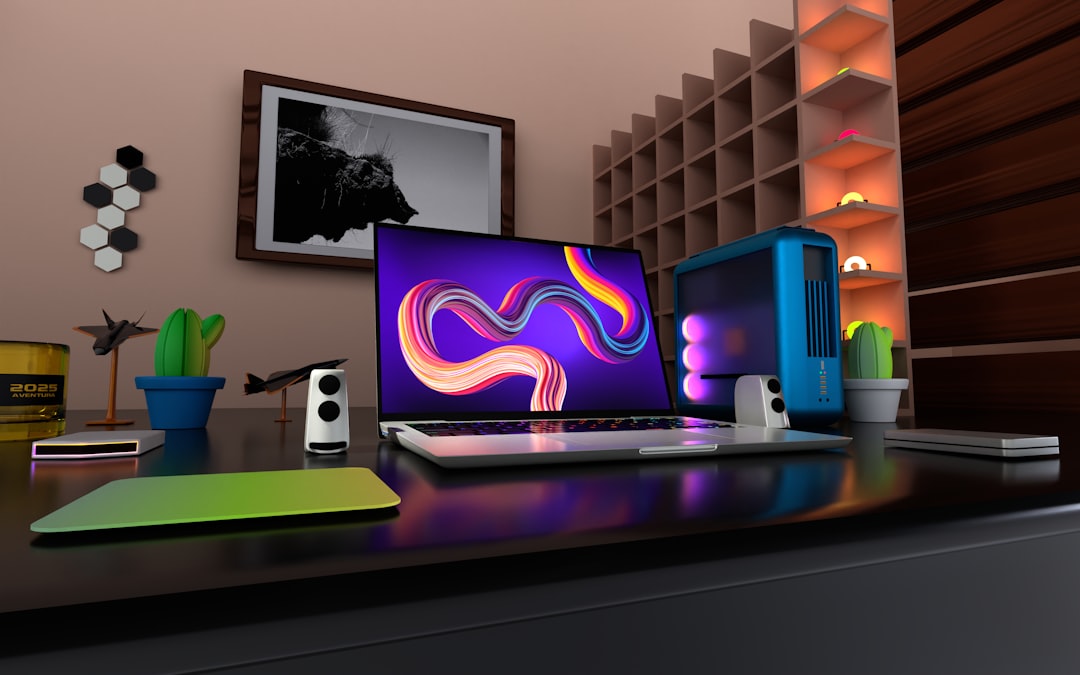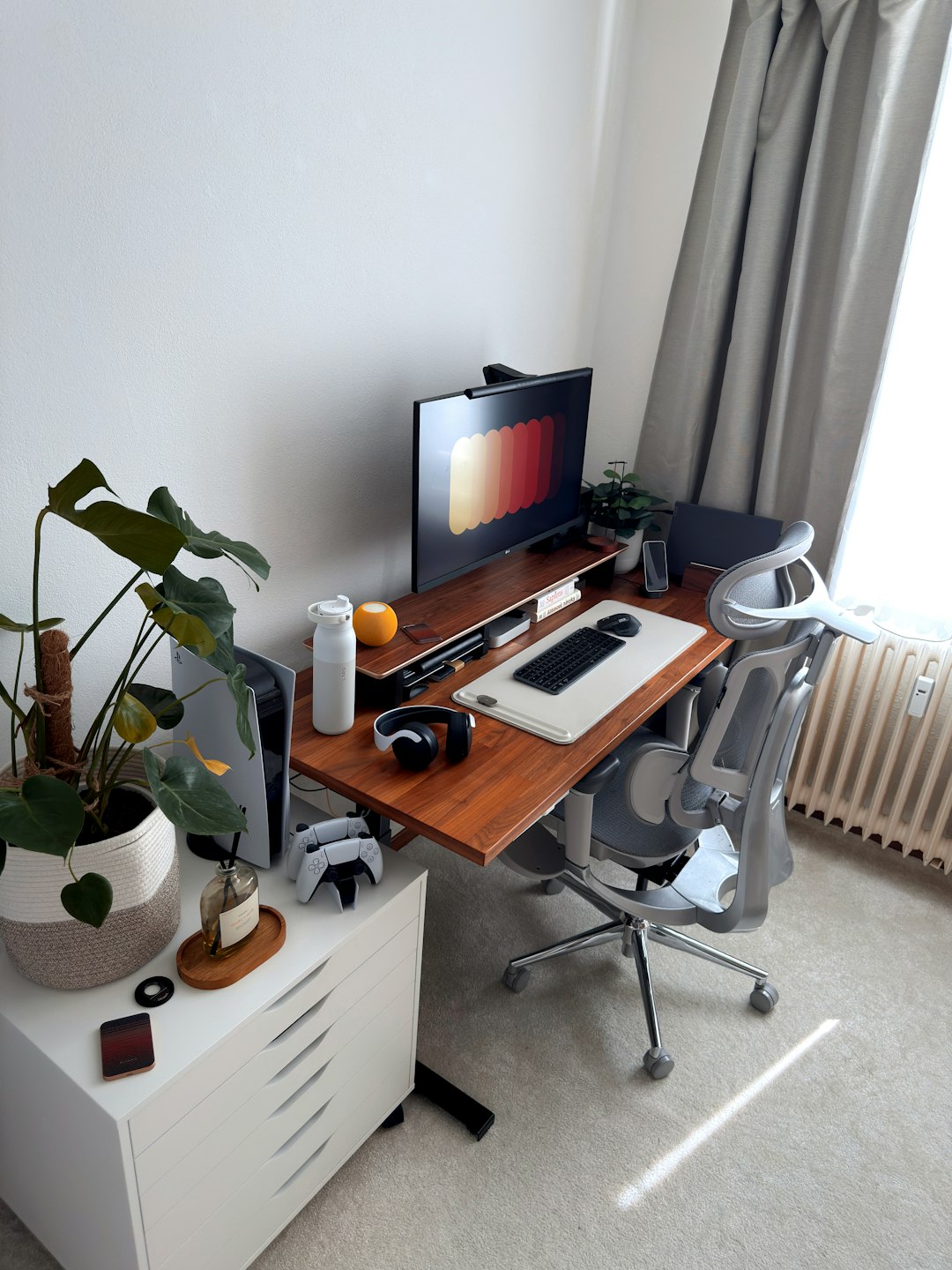For decades, choosing an operating system has mostly come down to Windows or macOS for average users, and perhaps Linux distributions for developers and advanced tech enthusiasts. But in the ever-evolving world of open-source software, a unique solution has emerged that doesn’t just compete—it excels. KDE Plasma, a lightweight yet powerful desktop environment often paired with various Linux distributions, represents an ecosystem so efficient that it might just organize not only your files, but your entire digital life.
TLDR: KDE Plasma is a powerful, customizable, and fast open-source desktop environment that excels in efficiency, organization, and user experience. Its minimalist footprint doesn’t sacrifice features, and its powerful suite of apps integrates elegantly to help you stay productive and organized. With a fast performance even on older hardware and unmatched personalization capabilities, KDE Plasma might just be the life-organizing solution you didn’t know you needed. It’s not just for developers—any user can benefit from its intuitive design and integrated tools.
The Lightweight Giant: KDE Plasma’s Core Strength
What truly sets KDE Plasma apart is its remarkable ability to run smoothly even on modest hardware while delivering a feature-rich experience. Unlike many modern operating systems that can feel bloated and sluggish over time, KDE offers nimbleness paired with deep functionality. Metrics often show that Plasma consumes significantly less RAM and CPU than its counterparts, including Windows 10/11 or even other Linux desktop environments like GNOME.
This efficiency isn’t merely a matter of performance—it translates directly into usability, consistency, and a heightened level of control that most commercial OS environments simply don’t provide.
Fast, Fluid, and Highly Customizable
KDE Plasma is fully modular, meaning that virtually every aspect of the desktop can be customized, from the wallpaper and lock screen to animations, widgets, and even the window behavior. For users who enjoy tailoring their workspace to their preferences, this is digital heaven. Unlike other systems that force design and behavior choices upon the user, KDE asks: “How would you like it?”
The system supports a wide range of customization options out of the box:
- Widgets: Add-ons that live on your desktop or panels to display clocks, weather, system stats, or custom notes.
- Themes and Icons: Change the entire look and feel of your system in seconds with community-created or locally-designed themes.
- Global Shortcuts: Define keyboard shortcuts for virtually any action, including launching applications and scripting sequences.

File Management Reimagined with Dolphin
One of KDE’s most robust applications is its default file manager, Dolphin. Unlike standard file explorers, Dolphin is packed with features that make file handling a premium experience:
- Split Views: View and interact with two folder locations side by side.
- Tabbed Browsing: Open multiple folders in one window, just like in a browser.
- Integrated Terminal: Pull up a fully-functional terminal at the bottom of the window with a simple keystroke.
- Smart Sorting and Filters: Instantly group, filter, or search files in ways that make locating documents much faster.
The integration of Dolphin with KDE’s activities system means you can also assign different file groups or workspaces to specific projects or tasks, keeping personal and professional contexts from bleeding into one another.
Apps That Work Together, Seamlessly
Beyond Dolphin, KDE’s application suite continues its focus on practicality and integration. Whether you’re working on documents, emails, or managing your calendar, KDE ties these together intuitively:
- KMail: A mature, robust email client supporting multiple accounts and encryption.
- KOrganizer: A calendar and scheduling tool with seamless integration into your desktop notifications.
- Kontact: A personal information manager suite connecting your mail, tasks, and calendar.
- Kate: A powerful text editor with support for syntax highlighting, versioning, and plugin architecture.
Integrated communication, task, and schedule management mean you’re always a click away from your next appointment or task. Instead of bouncing between apps piecemeal like in commercial OS environments, KDE ties your systems together in an symphonic whole.
Activities: The Secret to Digital Harmony
KDE includes a seldom-used but highly impactful feature called Activities. Think of them as virtual desktops on steroids, allowing users to separate workflows into dedicated spaces. For example:
- Work Activity: With specific apps, notes, and widgets related only to your professional responsibilities.
- Creative Activity: Optimized layout for writing, designing, or composing music.
- Home Activity: Prioritized media apps, family photos, or personal budgeting tools.
Switching between these contexts is seamless, and files or configurations unique to one activity never interfere with another. This isn’t just multitasking—it’s multi-context configuration, and once you adapt to it, it’s game-changing.

Organization as a Philosophy, Not Just a Feature
KDE Plasma isn’t just about tools; it’s about a philosophy of alignment and flow. Many operating systems prioritize either looks or strict control—KDE finds a rare balance. Its elegant design doesn’t come at the expense of functionality. It encourages an intentional digital lifestyle, where users are free to automate and adapt their system to their real-world needs.
With KDE Connect, for example, your phone and computer can communicate wirelessly, sharing notifications, clipboard content, and even allowing remote control of multimedia. It’s small touches like these that compound productivity and reduce clutter in your physical and digital workspaces.
Security and Open Source Freedom
Operating in the open-source ecosystem, KDE Plasma benefits from a transparent development process. Updates are fast, bugs are patched quickly, and privacy concerns are largely avoided due to public source visibility. Users not only benefit from frequent improvements but from the peace of mind that their system isn’t covertly tracking their activity.
You remain in control—always.
Real-World Application (and Adoption)
A growing number of professionals, power users, and casual users are leaving the confines of mainstream OS systems to adopt KDE. Some governments and educational institutions are even adopting KDE-powered Linux distributions to lower cost and improve control over organizational systems.
Its high-performance engine makes Plasma an ideal candidate for revitalizing old hardware. It extends the lifecycle of aging laptops, breathing new potential into machines thought to be obsolete.
Conclusion: More Than Just an OS
Is KDE really efficient enough to organize your life? Possibly.
At a minimum, it provides a level of desktop productivity and clarity that’s beyond what many commercial systems offer. With its unique combination of customization, speed, integrated applications, and philosophical emphasis on user empowerment, KDE Plasma becomes a digital partner, not just a platform.
Whether you’re a developer, creative, student, or everyday user toggling schedules and files, Plasma has a way of aligning your tools to your rhythm. From launching tasks faster to compartmentalizing your workflows and decluttering your interface, KDE quietly makes the chaos manageable. In doing so, it becomes less of a desktop environment and more of a lifestyle enhancer.
More than just efficient—it might just be the OS that finally works for you.
